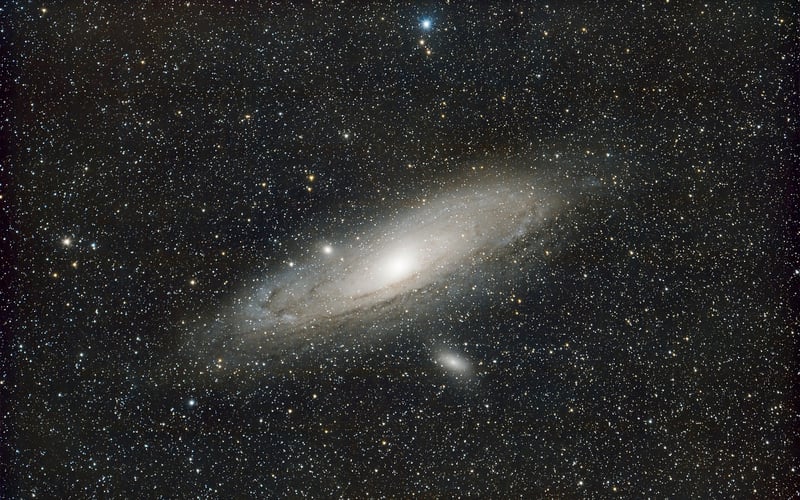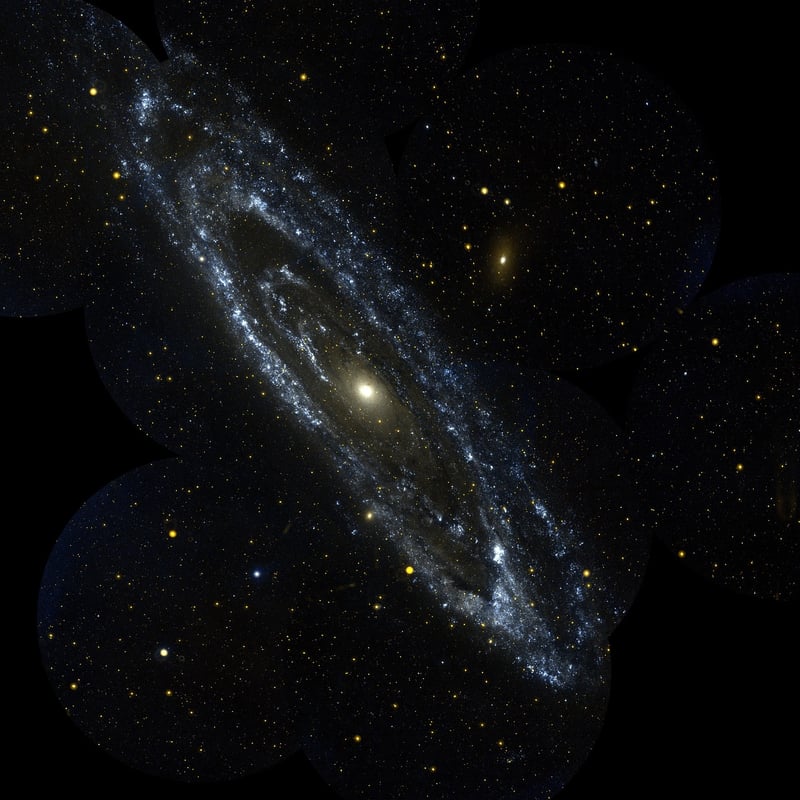Andromeda Study
The Fascinating World of Distant Galaxies and Andromeda
Exploring the vast universe beyond our own galaxy, the Milky Way, reveals a treasure trove of celestial wonders, including distant galaxies and our neighboring galaxy, Andromeda. Let's delve into the mysteries and beauty of these cosmic entities.
Distant Galaxies: A Glimpse into the Past
Peering through powerful telescopes, astronomers can observe galaxies that are millions or even billions of light-years away. These distant galaxies offer a unique opportunity to study the universe's history, as light from these galaxies has traveled immense distances to reach us. By analyzing the light emitted by these galaxies, scientists can learn about the early stages of the universe, galaxy formation, and the evolution of cosmic structures.
Key Facts about Distant Galaxies:
- Distant galaxies provide valuable insights into the universe's past.
- Scientists study the light emitted by these galaxies to understand cosmic evolution.
- Galaxies come in various shapes and sizes, each with its own unique properties.

Andromeda: Our Closest Galactic Neighbor
Located a mere 2.537 million light-years away, the Andromeda Galaxy is the closest spiral galaxy to the Milky Way. Also known as M31, Andromeda offers a glimpse into our cosmic future, as it is on a collision course with our galaxy and is expected to merge with the Milky Way in billions of years.
Interesting Facts about Andromeda:
- Andromeda is larger than the Milky Way and contains around a trillion stars.
- It is visible to the naked eye from Earth under dark skies.
- Andromeda's collision with the Milky Way will reshape both galaxies and create a new cosmic entity.

Studying distant galaxies and Andromeda not only expands our knowledge of the cosmos but also inspires wonder and awe at the vastness and complexity of the universe we call home.
For more information on galaxies and astronomy, visit NASA's website.
